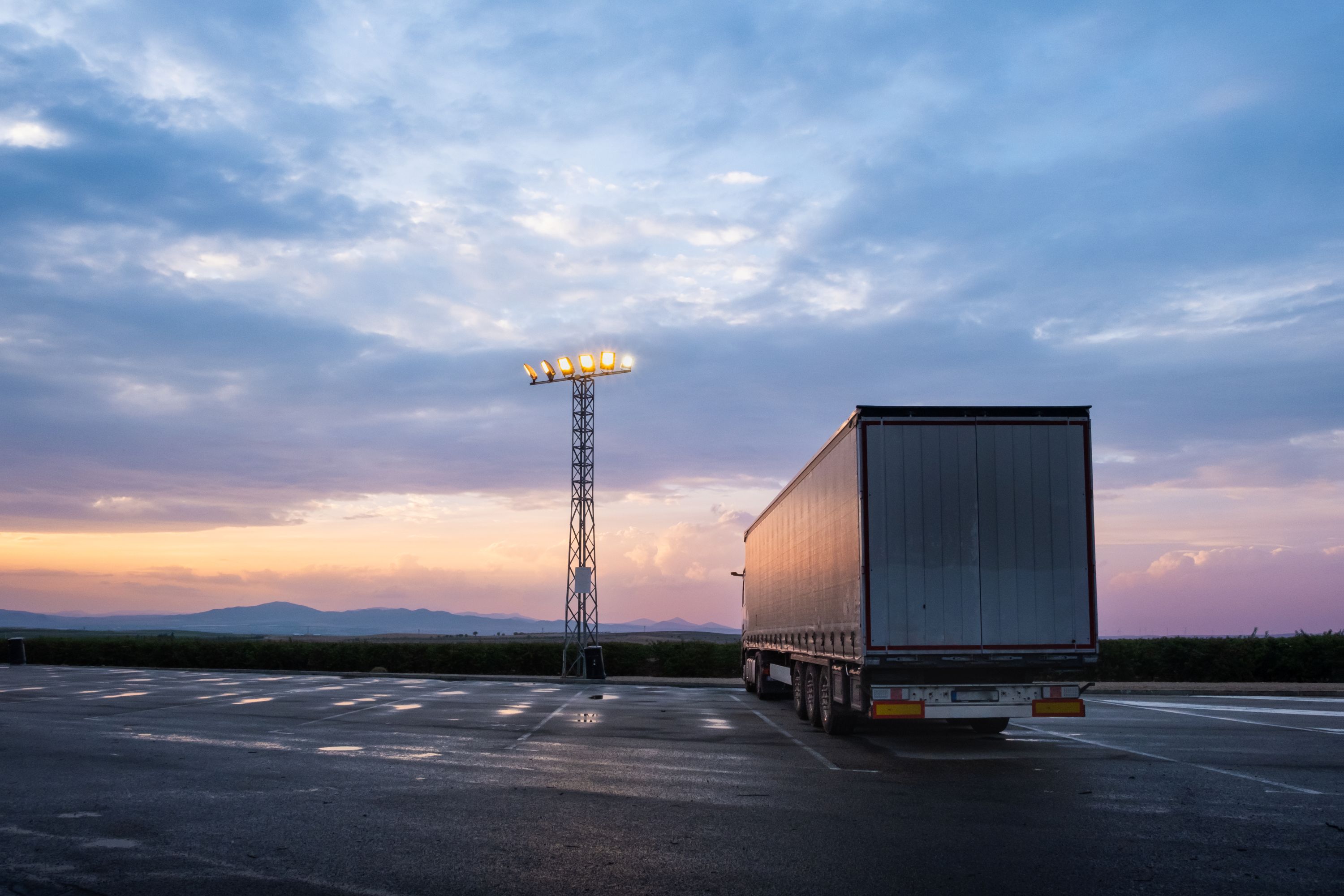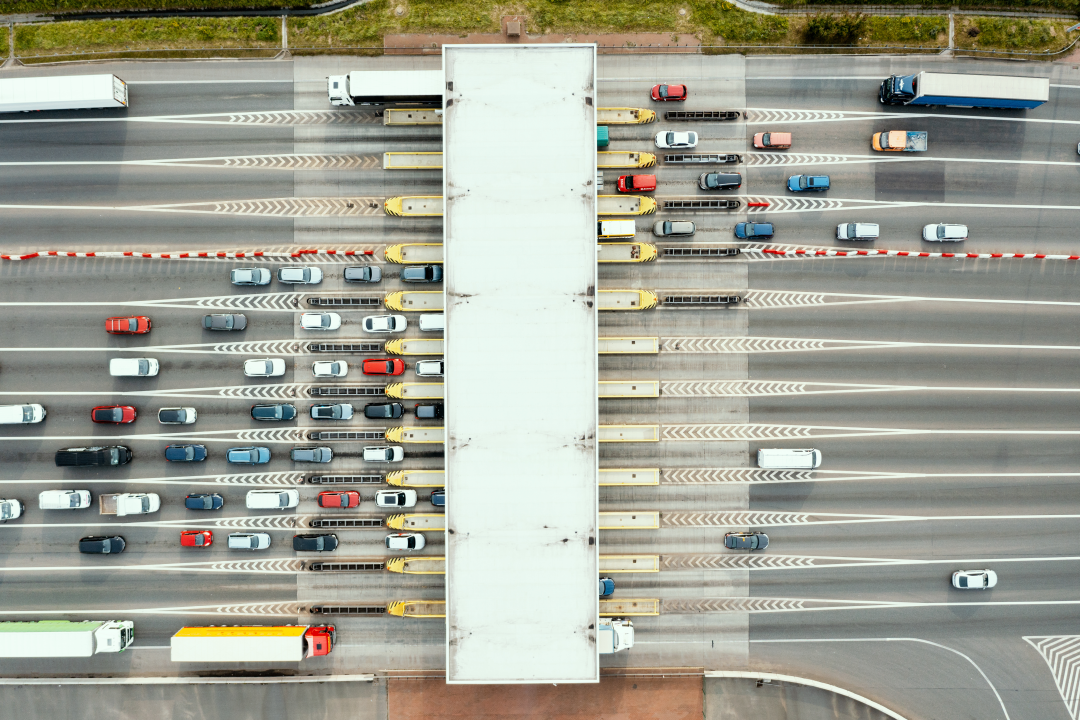
Guest
Dopad výpadku elektřiny na Pyrenejském poloostrově v roce 2025 na silniční dopravu
Vytvořeno: 04.06.2025
•
Aktualizováno: 04.06.2025
- dubna 2025 postihl Pyrenejský poloostrov rozsáhlý výpadek proudu, v jehož důsledku zůstaly miliony domácností, podniků a veřejných služeb ve Španělsku a Portugalsku bez elektřiny. Španělsko-portugalský výpadek proudu, který začal ve 12:33 místního času, postihl velká města včetně Madridu, Barcelony, Lisabonu a Porta i velké části okolních regionů. V některých oblastech se dodávky elektřiny vrátily během čtyř až šesti hodin, v jiných trvaly poruchy až do následujícího rána.
Přestože se přesná příčina stále vyšetřuje, první zprávy naznačují, že porucha v přeshraniční přenosové síti narušila tok elektřiny v obou národních sítích. Dopad byl rychlý a rozsáhlý, zastavil vlakovou dopravu, zastavil letadla, ovlivnil nemocnice a veřejné služby a ochromil digitální infrastrukturu. Pro odvětví dopravy a logistiky to byl okamžitý problém, který se dotkl všech aspektů silničního provozu, od přepravy nákladu a zásobování palivem až po řízení dopravy a péči o řidiče.
"Když vypadne proud, vypadne i mnoho systémů, na které se spoléháme při zajišťování bezpečnosti na silnicích - od semaforů a značení až po komunikace," říká Raquel Martinezová, evropská obchodní manažerka společnosti SNAP. "Pro řidiče i provozovatele vozových parků ukázal výpadek proudu v roce 2025, jak rychle se mohou běžné cesty stát rizikovými a jak důležité je mít přehled o tom, kde mohou řidiči zastavit, aby zachovali bezpečnost svou i svého nákladu."
Zpoždění přepravy
Pro dopravní firmy bylo prvním a nejpalčivějším problémem pozastavení nákladní dopravy. Na celém Pyrenejském poloostrově se zpomalil nebo zcela zastavil provoz ve skladech, realizačních centrech a cross-dockingových uzlech. Postižena byla také mezinárodní doprava, kdy byly kamiony zadržovány na hranicích, zatímco úřady pracovaly na obnovení základní kontroly provozu a zajištění bezpečnosti silničního provozu.
V době, kdy železniční nákladní doprava stála, se někteří provozovatelé pokusili přesunout náklad na silniční síť, což však přineslo svá omezení. Přeplněné trasy, nefunkční dopravní systémy a nejednotný přístup k palivům znamenaly, že silniční doprava nemohla absorbovat poptávku. Trvalo několik dní, než se podařilo odstranit zpoždění a obnovit spolehlivost dodavatelského řetězce.

Mýtné, dopravní a technologické závady
Výpadky proudu na Pyrenejském poloostrově také odhalily, do jaké míry je moderní infrastruktura závislá na digitálních systémech. Semafory ve velkých městech přestaly fungovat, což způsobilo dopravní zácpy a zvýšilo riziko nehod. Selhalo elektronické značení, dálniční senzory a inteligentní směrovací systémy, což řidiče připravilo o navádění a aktualizace v reálném čase.
Podobně byly postiženy i mýtné brány. Kvůli výpadku automatických závor a elektronických platebních systémů museli zaměstnanci v některých oblastech zvedat závory ručně nebo vybírat hotovost. To vedlo ke zpožděním na hlavních trasách, ztrátě příjmů provozovatelů mýtného a obavám o integritu systému po obnovení dodávky elektřiny.
Nedostatek paliva
Jedním z nejzřetelnějších projevů závislosti odvětví na elektřině byly pumpy s pohonnými hmotami. Kvůli výpadku proudu byly čerpací stanice po celém Španělsku a Portugalsku nuceny zavřít. Čerpadla a platební systémy přestaly fungovat a zákazníky mohl obsloužit jen malý počet čerpacích stanic s nouzovými generátory. Ty byly rychle zahlceny, což vedlo k dlouhým frontám a v mnoha případech k tomu, že řidiči zůstali bez paliva.
Narušení se rozšířilo i na horní část toku, kdy přístavní zařízení a distribuční sítě pohonných hmot nemohly fungovat na běžnou kapacitu, což zpozdilo přepravu pohonných hmot do vnitrozemí a dále prohloubilo problémy se zásobováním.
Elektromobily a nabíjecí infrastruktura
Pro provozovatele elektrických vozidel představoval výpadek zvláštní výzvu. Nabíjecí stanice pro elektromobily v celém Španělsku a Portugalsku byly mimo provoz, takže elektromobily byly nepoužitelné, pokud již neměly dostatek energie na dokončení své trasy. Bez přístupu k dobíjení byly některé dodávky pozastaveny a elektrická vozidla dočasně vyřazena z provozu.
Pro logistické podniky, které uvažují o přechodu na elektrický vozový park, zdůraznily výpadky proudu na Pyrenejském poloostrově význam nouzového plánování a záložní infrastruktury pro zachování provozu při výpadku sítě.

Blahobyt řidiče
Snad nejpalčivější obavy se týkaly dobrých životních podmínek řidičů. Odpočívadla a čerpací stanice se ponořily do tmy - mnohé z nich byly bez osvětlení, topení, teplého jídla a funkčních toalet. Někteří řidiči zůstali během vynucených zpoždění bez bezpečného místa k odpočinku.
Dalším velkým problémem byla komunikace. Kvůli přerušení mobilních sítí měli řidiči potíže kontaktovat depa, požádat o podporu nebo získat přístup k aktuálním informacím o dopravě. Pro mnohé se jediným spolehlivým zdrojem informací stal místní rozhlas. Situace byla jasnou připomínkou toho, jak může být odvětví ohroženo, když dojde k výpadku kritické infrastruktury.
Poučení pro budoucnost
Přestože výpadek proudu ve Španělsku a Portugalsku trval na většině míst méně než 24 hodin, došlo k významnému narušení silniční dopravy a přepravy zboží. Dopady výpadku elektřiny na logistiku se týkaly všeho od zásobování palivem a odolnosti infrastruktury až po připravenost na mimořádné události a pohodu řidičů. Podnítil však také obnovení diskuse o tom, jak mohou provozovatelé vozových parků zlepšit kontinuitu podnikání a zabezpečit své lidi tváří v tvář podobným událostem.
Důležitým prvním krokem je vytvoření a otestování spolehlivého plánu kontinuity provozu. Ten by měl zahrnovat komunikační protokoly, přístup k palivu, alternativní trasy a rozmístění vozidel. Pokud je to možné, měly by být předem určeny alternativní harmonogramy a partneři pro doručování - zejména v případě časově citlivých nebo kritických nákladů.
V takových situacích je zásadní podporovat pohodu řidičů. Nouzové sady - obsahující občerstvení, vodu, svítilny, powerbanky a reflexní oblečení - mohou nabídnout uklidnění a praktickou pomoc.
"Provozovatelé by také mohli zkontrolovat vybavení dep, aby zajistili řidičům bezpečná místa k odpočinku, zejména při delších zpožděních," říká Raquel. "Vědomí, že v regionu existuje síť zastávek pro nákladní automobily, jako je například naše partnerská síť, může poskytnout jistotu, že je kde zastavit, než se vrátí proud.
"Výpadky proudu takového rozsahu jsou sice vzácné, ale riziko je reálné. Provozovatelé musí zvážit, jak zvýšit odolnost a přizpůsobit se situacím, aby mohli pokračovat v jízdě - od zajištění přístupu k palivu až po přehodnocení plánování tras a zajištění odpočinku během mimořádných událostí."
Služby mobility SNAP ve Španělsku
Disponujeme rozsáhlou sítí zastávek pro nákladní automobily a servisních oblastí po celém Španělsku a Evropě. [Navštivte naši interaktivní mapu a podívejte se, kde dnes najdete naše partnery] (https://snapacc.com/map/spain/).



